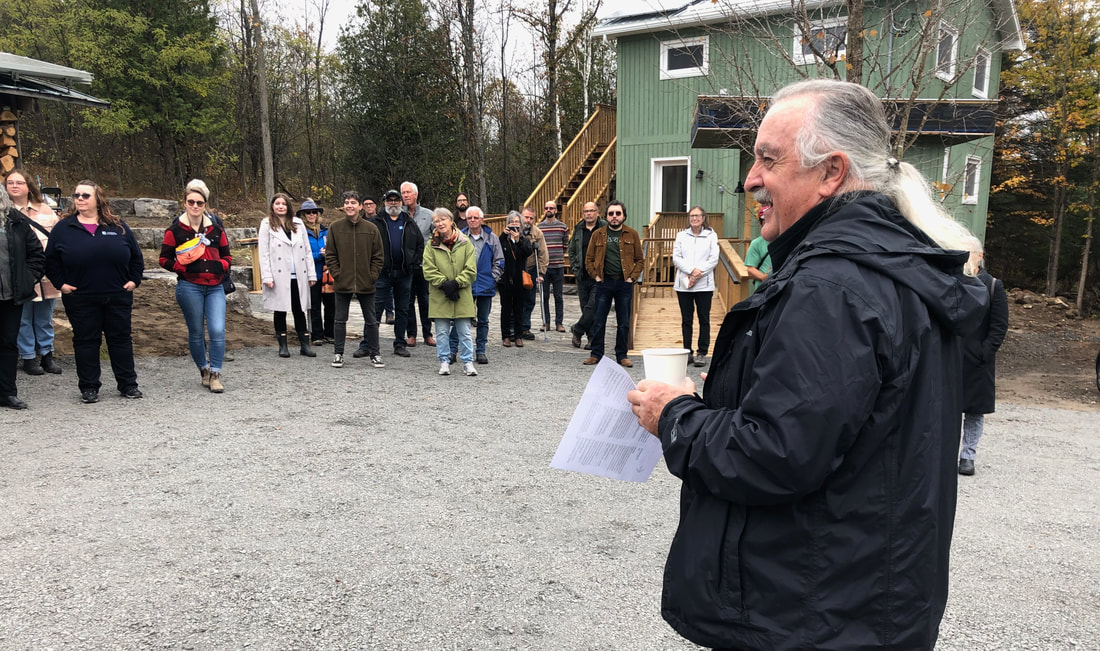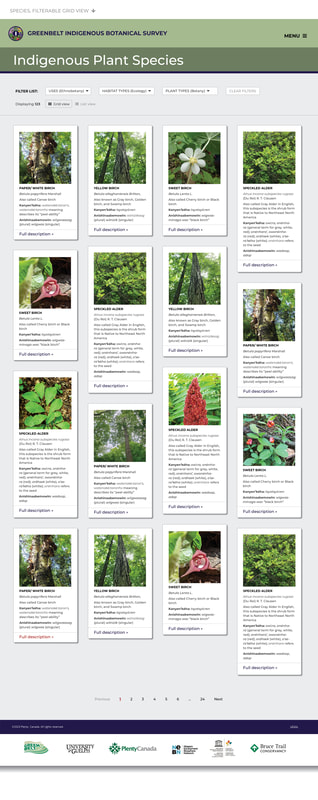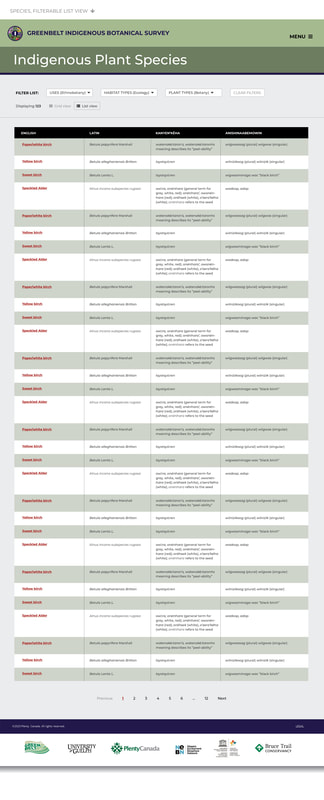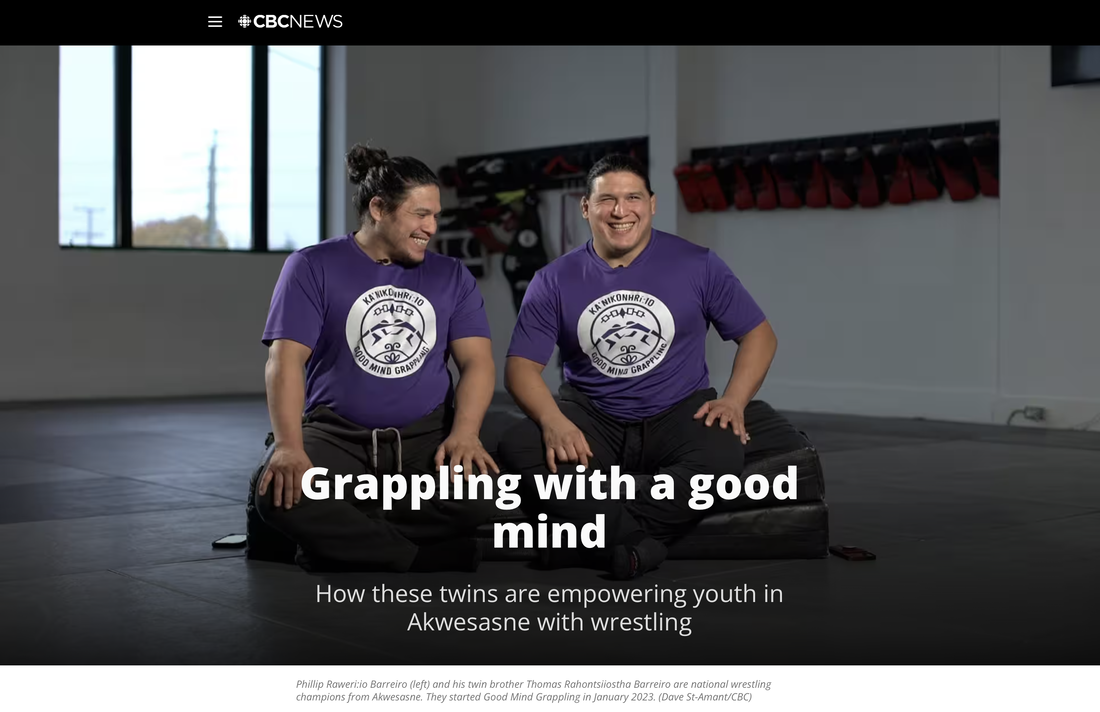 At Plenty Canada we’ve done our best to place our collective intelligence and human values at the forefront of our work. By collective intelligence, we refer to evidence-based knowledge and the philosophy of Two-Eyed Seeing as developed by our board member Albert Marshall. We believe that societies should make sound decisions based upon factual information devoid of special interest influences, which remain the primary cultural and political factors negating progressive work to stop global warming, as but one example. Our community, however, is one with which we are proud to be associated. It is a community that seeks lifelong learning and the application of determined — Indigenous and scientific — knowledge. We understand that adherence to greedy, negative, and destructive ideologies and practices are harmful not only to ourselves as humans, but to all living creatures on the planet. Our community possesses humility and healthy self-worth, balanced with empathy, so that wise decisions can be made for ourselves and future generations. As we near the holidays, we reflect upon all of the wonderful people with whom we’ve been active on a wide variety of projects over the past year, and say thank you. In particular, I want to state that at Plenty Canada we see our projects as manifestations, expressions of our knowledge, values, and intentions, which we share with our partners and funders. Our value of living with minimal impact upon the environment resulted in our renovated and recently unveiled office complex, the Plenty Canada CampUs in Lanark, which has achieved energy negative status. In addition, our Six Nations Bureau office has done much the same, adding solar panels to become fully energized by the Earth’s natural power plant, that nuclear fusion reactor in the sky, the sun. As a result, Plenty Canada facilities have become demonstration sites for sustainable living and working practices. We encourage all of our partner organizations to also work toward carbon neutral status and visit our Lanark offices for demonstration tours. Another long-term project Plenty Canada is wrapping up involved more than three years of work to establish what we are calling the Greenbelt Indigenous Botanical Survey. With funding provided by the Greenbelt Foundation, our team of Indigenous ethnobotanists and scientists from the University of Guelph, guided by the vision and energy of Dr. Jessica Dolan and Senior Advisor Tim Johnson, will be launching a new and exciting web platform containing detailed information on Indigenous plant species located within 23 Indigenous heritage locations throughout the Greenbelt. Knowledge of the existence of these plants combined with advocacy to protect and preserve Ontario’s Greenbelt, as is done through partner organizations like the Niagara Escarpment Biosphere Network, have gone hand-in-hand in ensuring these precious life forms, our living relatives, are valued and survive on protected lands. Therefore, we take this moment to express our gratitude to all those who embrace empirical knowledge and who align with us, not as ideologues, but as informed and loving human beings desiring to do good in the world. Chi Miigwech. Niá:wen. Merci. Thank you. Larry McDermott Executive Director Plenty Canada
0 Comments
A significant new educational resource that blends Indigenous ethnobotanical knowledge with Western science is being prepared for release later this month. Resulting from three + years of planning, research, and collaboration by Plenty Canada and the University of Guelph, with the involvement of Brock University, Niagara Escarpment Biosphere Network, and Bruce Trail Conservancy, the Greenbelt Indigenous Botanical Survey will feature a listing of Indigenous plants identified at 23 Indigenous historic sites throughout Ontario's Greenbelt. Stay tuned for the URL link that will be announced later on the Plenty Canada website. Appreciation to the Greenbelt Foundation for its support of this project.
This is a very unique project that combines the gifts and skills of Indigenous community ethnobotanists, linguists, academic researchers, and educators who conduct community-based research. The project integrates anthropological research (the cultural components of ethnobotany), Indigenous linguistics, and plant biology research, to communicate broad and deep information about the past, present, and future of Indigenous human geography within the Greenbelt. The project follows Indigenous methodologies and research ethics, and uses rigorous science and archival research in service of both conservation and Indigenous knowledge revitalization. It took several years to carefully build out the project’s research parameters and goals, and a great deal of care was put into details to achieve high-quality results. Through the research and knowledge of Dr. Jessica Dolan and the Plenty Canada and University of Guelph team, it became apparent that the Greenbelt is an undeniable resource containing Indigenous plant species that need to be conserved while connecting to issues such as biodiversity, climate change, and other matters. Through the application of the philosophy of Two-Eyed Seeing, we can blend scientific knowledge with ethnographic information leading to increased understanding and awareness of the value of Indigenous plant life within the Greenbelt, and the bonds between plants and people. Twenty-three location profiles were surveyed which identified hundreds of Indigenous plant species. Four hundred and fifty-two vascular plant species were recorded in 2022, with 1,204 herbarium voucher specimens mounted, scanned, and accessioned to the University of Guelph herbaria. Data Analysis for each research plot was assigned a vegetation community type classification following Ecological Land Classification (ELC) for Southern Ontario. Cross-referenced plant lists derived from the field surveys were integrated with Dr. Dolan’s database of Haudenosaunee and Anishinaabe ethnobotanical plants. The work also included computed diversity indices for the entire plant community recorded at research plots, as well as for a subset of species that are culturally significant. Univariate and multivariate statistical procedures were used to test for differences in ethnobotanical species richness between ecosystem types in the Greenbelt, and to characterize how ethnobotanical plants are distributed across these ecosystems. All these documented research methods, findings, and implications for biocultural conservation will be stored in the University of Guelph Atrium. The Greenbelt Indigenous Botanical Survey will have applications for educational curricula that link Indigenous knowledge with Western science. — Project team Plenty Canada is delighted to announce the receipt of a grant from the Unifor Social Justice Fund in December 2023. This funding will support Plenty Canada's ongoing sustainability and cultural revitalization work in South Africa, with a current focus on the Tsundzukani Bright Eyes Daycare Centre in the rural village of Acornhoek in the Mpumalanga province.
For the past three years, Plenty Canada has been supporting the development of the Tsundzukani Daycare Centre, expanding the space and making numerous sustainable upgrades (including two rainwater catchment/storage systems, a large gravity-fed irrigated vegetable garden, flush toilets, an upgraded kitchen, and a new classroom building). This has more than doubled the capacity of the Centre, allowing them to educate more children while at the same time supporting Indigenous cultural revitalization by teaching cultural practices, customs, and history. The Centre has now gone beyond its initial intended purpose and is also used as a venue for the community’s official meetings and events, thus making it a pillar of the village of Acornhoek. The newly secured funding will go towards addressing critical challenges still faced by the Tsundzukani Daycare Centre: Solar Power: A sustainable solar power station will be implemented to counteract the impact of intentional electricity blackouts, known as "load shedding," that have plagued South Africa in recent years. The country's heavy reliance on coal for power generation has not only contributed to frequent blackouts but also has significant environmental implications. In addition, a long-delayed service delivery from the local municipality means that the entire Centre is not yet connected to the grid. The proposed solar power system aims to provide a reliable and sustainable source of electrical power, ensuring uninterrupted energy for the entire Centre to support various needs, including powering a submersible water pump, a refrigerator, cooking machines, lights, and plugs for classrooms, as well as exterior security lights. Water Well: Despite the existing rainwater catchment and storage systems, which have proven effective during the rainy season, the Centre faces water scarcity challenges during the dry season. The rainy season lasts for a good six months in a successful year, but reliance on commercial water trucks during dry periods has proven costly and unsustainable. The new funding will contribute to drilling a well within the Centre's premises, offering a reliable and consistent water supply throughout the year. Plenty Canada extends heartfelt appreciation to the Unifor Social Justice Fund for their generous support and is committed to utilizing this funding to enhance the Tsundzukani Bright Eyes Daycare Centre's infrastructure, making it more resilient, sustainable, and better equipped to serve the needs of the local community. In early December, 2023, Geoff Gartshore, the Canadian Ambassador to Cuba, took his well-heeled jeep up the stone and dirt roads of the island’s eastern mountain, intent on visiting theCuban Native people in their communities.
The Ambassador’s expressed purpose was to be formally received by Cuban Native cacique, Francisco Ramirez Rojas, the respected “Cacique Panchito,” along with other leaders of la Gran Familia. He invited along Anne Lamaistre, director of UNESCO’s Regional Cultural for Cuba and the Latin Caribbean. The specific request to meet the cacique by an ambassador from a major country such as Canada, offering to travel the relatively isolated Taino-guajiro enclaves of the high eastern mountains, surprised for its directness and impetus. The visit was most unusual – perhaps unique; international ambassadors and other high officials visit rarely, if at all, those remote areas. Assuredly, for Cuba’s predominant Native clan, the Ramirez-Rojas families of the Gran Familia, it marked a significant breakthrough. The Ambassador’s request and formal visit was accompanied by an expressed respect for Indigenous people that impressed everyone, and caused some wonderment, including among governmental authorities, nationally and in this core Municipality of Yateras, that is home to a thousand or more Native families. This is where Cacique Panchito and a large contingent of his next generation family leaders decided to receive the Canadian delegation. Cuba’s notable kinship population of Indigenous Taino descendants was overlooked for nearly two centuries. The remote mountain communities kept to themselves and helped create and blended in the general campesino (guajiro) culture of the country. The accepted notion by historians became that the Native Taino of Cuba had become extinct. Cacique Panchito since the 1980s pursued a campaign to regather the Cuban Native families. As a hereditary cacique from the pueblo of Caridad de los Indios, he traveled the island to seek his people in numerous home visits, as well as larger reunions of whole areas and municipalities. A resource team formed around him, including this writer, which challenged the extinction dictumin the national discourse, journalistically and academically. Important documentation was surfaced detailing the numerous Native multi-family mountain enclaves – “caserios”— that sustained in the mountains, while many families had also migrated into urban barrios. The Gran Familia Taina of Cuba now fields its network of family leaders from throughout the Cuban “Oriente” (“the Wild East”). In a quiet process of community strengthening, in agriculture and traditional medicines and some self-representation in national events, the leadership group and numerous other relatives have made the Gran Familia’s presence increasingly known in recent years. The Cacique Panchito and the circle of next generation leaders from the Gran Familia core communities, found the ambassador pleasant and highly interested. In September, via our partner, historian Alejandro Hartmann, the ambassador had invited a delegation from the Gran Familia to visit him at his embassy residence in Havana. Thatinvitation extended to a representation from Plenty Canada’s Cuba Indigeneity Project, including director, Jóse Barreiro and Plenty Canada Executive Director Larry McDermott. The embassy hoped for the participation of Cacique Panchito, but advanced age would not allow the cacique to travel that far. The cacique’s assigned “delegada,” his daughter, Idalis Ramirez, represented the Gran Familia. After a brief formal greeting, hosted in a local traditional caney, or roundhouse, a fire was lit and a ceremony circle was formed; the Cacique and other elders offered singing prayers in a Macuyo (tobacco) Ceremony. All preparations and officiating fell to Gran familia leaders, who introduced local officials for governmental greetings. Ambassador Gartshore offered remarks, recalling the meeting at the embassy, where the discussion had been partly about the richness of Canadian Indigenous peoples’ cultures, and “what I did not know, of the richness of Indigenous Cuba, of your lives.” We decided then (at the embassy), he said, that “this Indigenous part will be a great bond between Canada and Cuba in the future.” (“Esto va a ser un gran vinculo entre Canada y Cuba en el futuro, esta parte indigena.”) Making reference to the notion of extinction for Indigenous people within Cuba, he said, “It is little known that you are still very present… [but] … you are not only part of the past, you a real so part of the present and of the future of the country.” (“Es poco conocido que ustedes estan muy presente. … no son parte del pasado, si no tambien parte del presente y del futuro de su pais.) The Cuban Native crowd cheered him. The local traditional “changüi” music was played, elders took to dancing and soon the ambassador was yanked off his chair by a woman elder. The Ambassador smiled and gave the rhythmic changüi dancing his best shot. “Long live diversity in Cuba,” he told the group. “And long live diversity in Canada.” Seriously, if less exuberantly, the ambassador and the UNESCO director met with Gran Familia leaders and provincial officials for a promising discussion on community economic issues and some of the needs for basic services among these remote communities. The cacique expressed the need for repairs and improvements to their mountain roads, and also called for solar power units and technical training. This was a fruitful discussion, according to the cacique’s delegate, Idalis Ramirez. “The ambassador was liked by the folks,” she said. “He was personable and enjoyed himself in our people’s company. He came to the cacique and offered friendship. We appreciate the potential of his gesture with us.” — Jóse Barreiro Good Mind Grappling, a project for community youth at Akwesasne Mohawk Reserve, is featured this week in a national story by CBC News. Two Akwesasne based wrestling champions and youth educators, twins Phillip and Thomas Barreiro lead the project, which is housed at Plenty Canada.
(Akwesasne is a Kanien’kehá:ka (Mohawk) community that straddles the Quebec, Ontario and New York state borders). The CBC story, written for the national audience by Mohawk journalist, Ka’nhehsí:io Deer, describes the popular project: “In Kanien’kehá:ka teachings, kan’nikonhrí:io means to have a good mind clear from grief, anger, and sorrow to allow for decision-making and positive actions. “It’s the heart of what twin brothers Phillip Raweri:io and Thomas Rahontsiiostha Barreiro are practicing with a new initiative to empower youth in their community through what they know best: wrestling.” “The unique project incorporates sport in a creative and humanistic approach to youth development. CBC Indigenous visited the after-school program at Kana:takon School while a group of six-to-nine-year-olds learned basic gymnastics, tumbling play and task-oriented learning games.” The twin brothers founded Good Mind Grappling early in 2023. Combining the grappling arts with well-researched youth development, the project launched a six-week after-school program that ultimately involved over a 100 youth in Akwesasne. “The after-school program marks just the beginning of the work that the Barreiro brothers are doing. In the new year, they will be collaborating with others who are working in wrestling with both Indigenous and non-Indigenous youth.” The national champions competed in the NCAA Division 1 in American folk style for the American University in Washington, D.C. Coming back to their community after college, they trained in Montreal with Olympic-style Greco-Roman wrestling with Olympic coach Doug Yates. Writes CBC News reporter Ka’nhehsí:io Deer: “For the Barreiro twins, the programming is less about training the next generation of Olympians, and more about empowering youth for brighter futures. “‘I’m not a psychologist or a licensed counsellor,’” said Thomas. “What I am is a wrestler and a coach and a youth educator, and this is the way that my brother and I can participate in that greater process of healing our community.” Adds Phillip: “We don’t aim to necessarily build world champions competitively at wrestling; what we’re aiming to do is to build resilience factors in children so that they can be better people.” CBC News: “According to a Statistics Canada report released last year, almost four in 10 Indigenous people experienced childhood victimization and the odds of having experienced childhood victimization remained 1.5 times higher among Indigenous people relative to non-Indigenous people.” The overrepresentation is rooted in Canada’s history of colonization, according to the Truth and Reconciliation Commission. The placement of Indigenous children into residential schools and foster care have contributed to the intergenerational transmission of violence and trauma experienced by Indigenous children today. While you can’t undo those experiences, the Barreiro brothers say, “you can provide resilience factors like confidence, competence, and community through physical literacy and social and emotional development.” https://www.cbc.ca/newsinteractives/features/grappling-with-a-good-mind https://www.cbc.ca/newsinteractives/features/grappling-with-a-good-mind?fbclid=IwAR3F7-769u_H2T149Jud7xc1QNVbpeF1yf1_TBxSfSeI4MmUD1RB644xz2w |
|
-
Home
- Donate
-
Projects
-
Canada
>
- Plenty Canada CampUs
- The Healing Places
- Two-Eyed Seeing Bird Knowledge
- Niagara Escarpment Biosphere Network
- Greenbelt Indigenous Botanical Survey
- Great Niagara Escarpment Indigenous Cultural Map
- Ginawaydaganuc Indigenous Food Sovereignty
- Indigenous Languages and Cultures Programs >
- Wild Rice
- Good Mind Grappling (partnership)
- Ginawaydaganuc Village (partnership)
- Youth Programming >
- Americas >
- Africa >
-
Canada
>
- News
- Resources
- Partners
- Contact Us
Our Location266 Plenty Lane Lanark, Ontario Canada K0G 1K0 (613) 278-2215 |
Donate to
|
Subscribe to our Newsletter |






